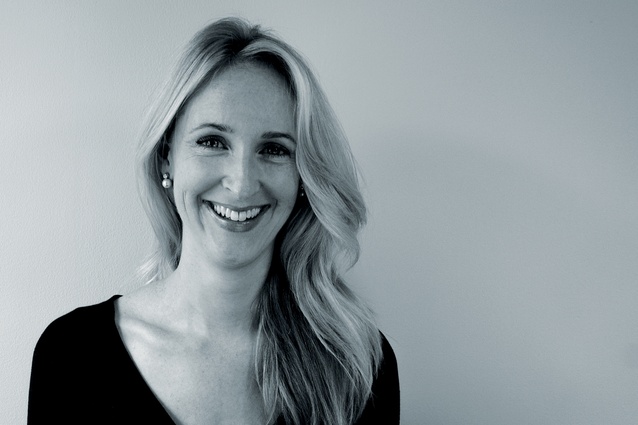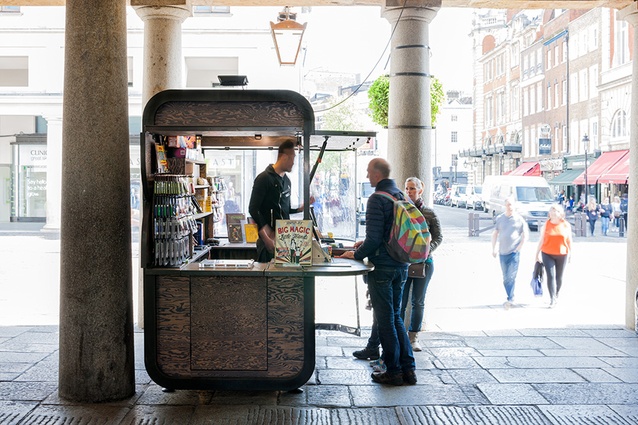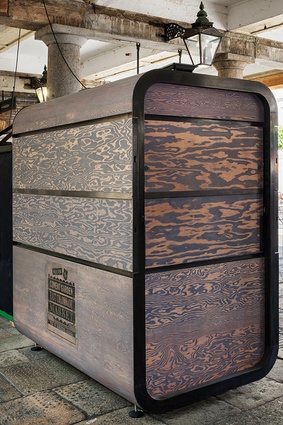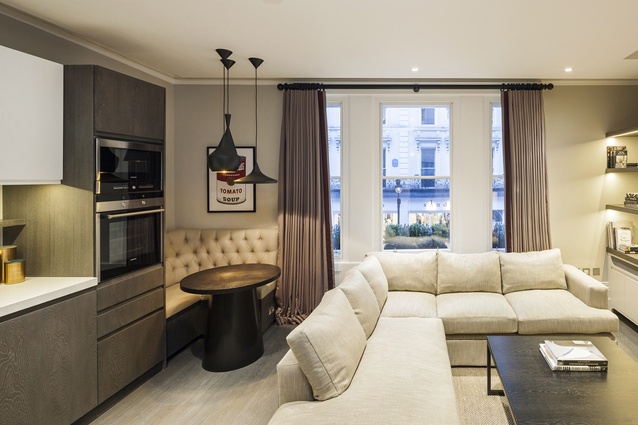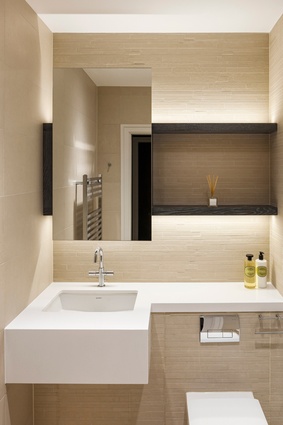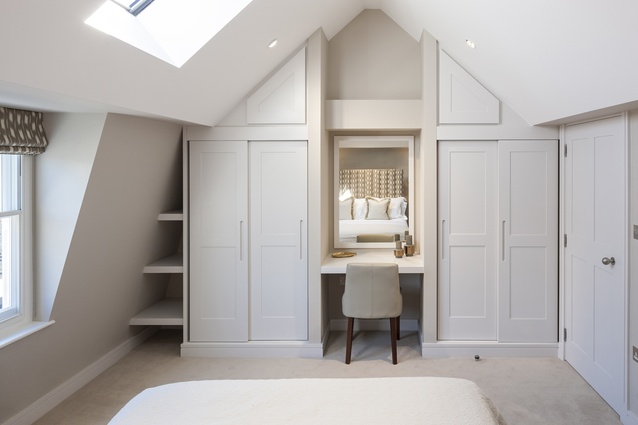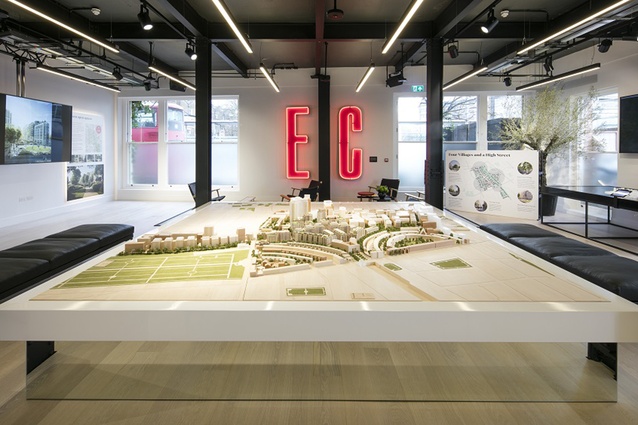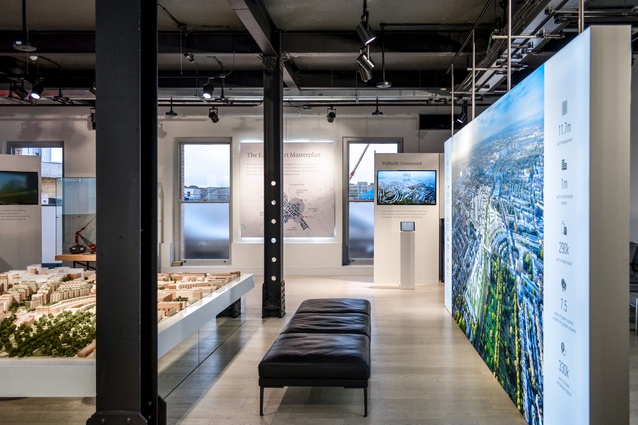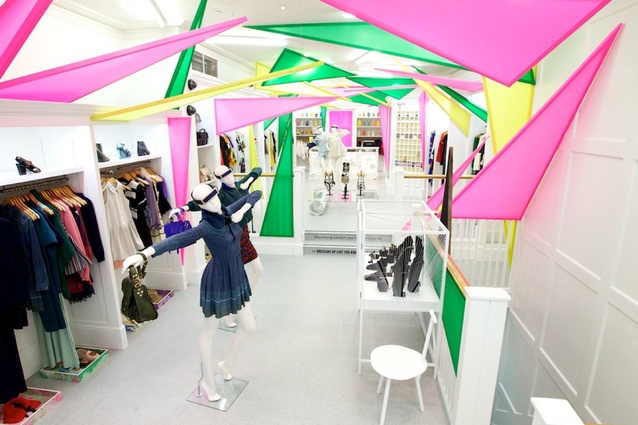Home and away: Melanie McDaid
Kiwi born and bred Melanie McDaid has just returned to Auckland after a six-year stint in London. She recently wrote in Architecture New Zealand about going beyond the nine to five and striving for a flexible work-life balance. She chats to Ashley Cusick about keeping busy starting her own design practice and advocating for the discussion of flexible working for all.
Ashley Cusick (AC): When you were young, what profession(s) were you interested in? Were you always interested in architecture?
Melanie McDaid (MM): I think I really only became interested in architecture in the last year of my high school education. A favourite subject of mine was always technical drawing or graphic design, and I had a favourite teacher in high school who kind of instilled a love for that in me.
But, when I look back now, it really must have blossomed in my early years. When I was four years old, my parents decided to build a house. There was an architect to design the house, and it was my job as the eldest of four children to go the site with my dad while my mum looked after my younger siblings. I’ve since seen several photographs of me on site in my little dress and site boots with my notebook.
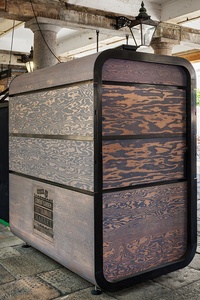
My early life was filled with opportunities for me to develop creativity. My grandad was an accomplished painter; my mother was a closet interior designer with piles of magazines scattered around; and my father, who passed away a while ago, told me that his first job was a draftsperson. If it wasn’t for the 1980s crash, he says he probably would have gone in to that.
AC: It must be in the genes then! You were in London for six years working with quite a large, international firm. How was that experience?
MM: Yes, I worked with PDP London and they have offices all over the world. New Zealand has a lot of small practices, and I loved working with them but I wanted to do the complete opposite in London. The experience was absolutely brilliant. They were a firm that really supported me and I was able to do some further study.
AC: Now that you’re back in New Zealand, you’re starting your own practice called Sloane & Peach. What is the story behind the name – it sounds like it might be two people starting it?
MM: No, it’s just me! It’s quite a personal thing actually, starting your own business. It almost feels like your own baby. ‘Sloane’ refers to my work in London where I was based in Belgravia. Every day I would go to Sloane Street tube station. And ‘peach’ refers to a special painting called the Pink Peach Tree by Vincent Van Gogh that my husband and I first came across when we travelled to Europe when we were at university. That particular painting has come to represent home for us. We always find some special meaning with it. For example, the first house we rented here in Auckland had a pink peach tree in the backyard.
AC: How did you make the decision to start your own practice versus going back to an established firm?
MM: The decision was a lot harder than I thought it would be. I started briefly at a very good practice here in Auckland and they offered me a wonderful role on their management team. They do great work and they offered me brilliant flexibility too. When I started, I just realised that it wasn’t right for me at this time in my life. Once I was no longer working in that established firm environment the switch in my head went on and it pushed me to establish my own design practice. Looking back now it was incredibly tough to make that decision, but it was the right decision.
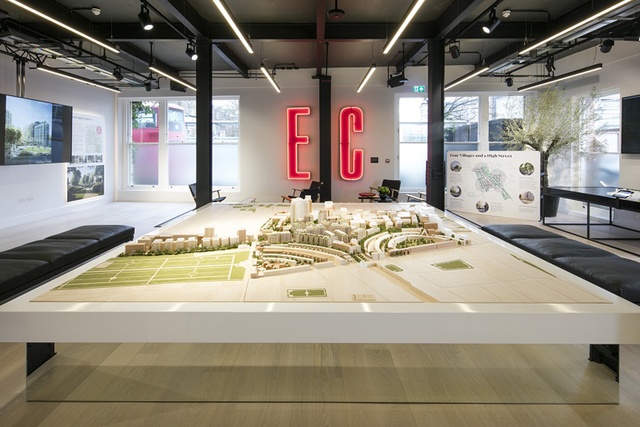
AC: With the new practice, are you looking to change, or refine, any of the traditional ways of managing a firm?
MM: I’ve been involved with the management of the practice in London, but I’ve never done it on my own, so I can’t really preach, but I do have some ideas. Besides the flexible working that I’m trying to promote for all people, I think architectural practices, their employees, and their leaders, could really benefit from being more commercially minded. From what I’ve seen at my time in practice, especially overseas, not all architects are business savvy. And I’d really like to change that with my own practice.
Throughout my study at the Bartlett School of Architecture in London – I spent 18 months there and I studied a postgraduate diploma in architectural practice and management – I learnt so much about the business side of architecture and the soft skills that are beneficial to possess if you want to succeed in the built environment. Those skills are so crucial to practice and they don’t come naturally to many of us; and it’s something that, along with design, is so important to be taught. With Sloane & Peach, I’m trying to get involved in the schools of architecture with the design element but I’m also keen to push that side of it as well.
Secondly, I think that architects and building designers have this amazing ability to develop, and we don’t do it. We’re scared and we leave it to our clients. In London I was heavily involved in the development and appraisal sides of my projects and in my new practice, my model is that we consult on both design and development and I really hope that we will be able to do our own developments as well.
AC: You have said in your article on flexible working for Architecture New Zealand, “The nine-to-five is outdated and unkind.” What changes would you like to see implemented in our workday?
MM: There’s a quote I used from Douglas Coupland who said, “The future will not have the nine till five. Instead, the whole day will be interspersed with other parts of your life. Scheduling will be free-form.” I love the idea that our life and leisure will be integrated with our working life.
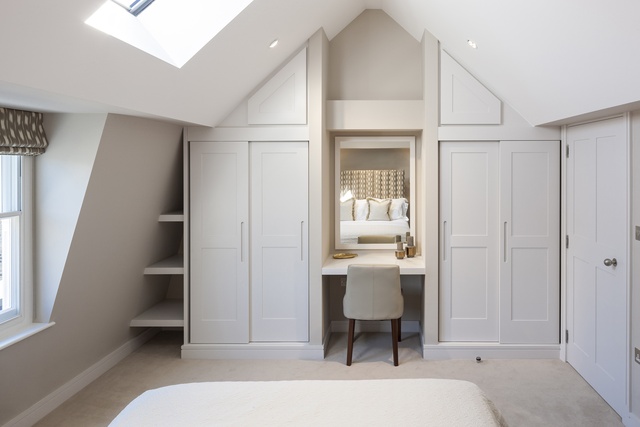
AC: In response to that, you’re starting a platform that looks at flexible working for all. Can you tell us about that?
MM: It’s still fresh and it’s a work in progress. But, when I came back, even though I was offered a flexible role, I heard some horror stories from family and friends. There’s a diversity of reasons that people need flexible working. It’s not just for parents. Some people need to take care of their elderly parents or they have pets; some people just like doing other things. There are people who, for whatever reason, just need some time out during the day and then they’re happier and more productive doing their work from 8pm to midnight. In Europe flexible working just happens and there’s an honesty about it.
I feel like often here in New Zealand, you say, “Can I work from home today, boss?” Boss all of the sudden thinks, “Oh, they’re slacking off.” It’s not really about that. And I also think it’s a non-gender specific discussion to be had as well. Sometimes it leads in to that talk about mums, and it’s not just about mums.
I’ve chatted about this for years and when I came back to New Zealand I got fired up about it and I thought, “Let’s do something about this.” So the platform is called Freeform and we are going to be doing an Instagram campaign and we think that’s going to be a good start. We’d like to tell some stories, some positive stories. Start finding these companies and actually start applauding them if they’re doing this.
AC: You definitely don’t hear enough about the companies that are doing it right. Can you tell us anything else about Freeform?
MM: It hasn’t quite started up yet, but follow along on Instagram @_free_form_ and watch this space!
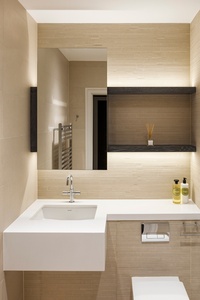
AC: We will definitely be following along! You’re also interested in the high-quality reuse of existing buildings. What interests you about this topic?
MM: This comes back to the whole idea of architects as property developers and what I learnt at the Bartlett School of Architecture. The question we ask ourselves in development is, “Can we change this land or building use for some gain?” And that gain is not always financial. I believe that both reuse and adaptive reuse is the sustainable thing to do. In New Zealand, we have a problem not just with the housing crisis and the lack of housing, but – from what I’ve seen as a potential home buyer with not a huge budget – there’s actually a huge lack of quality housing as well. With this adaptive reuse, there’s a potential to utilise these existing buildings in New Zealand. I also think it could potentially limit the urban sprawl.
You have to really focus on creating safe, warm, healthy and pleasant spaces for people to live because it makes a difference to people’s lives. Through Sloane & Peach, I want to look at how to do this economically because it is expensive. I really hope to promote the sympathetic yet commercial approach to this kind of building project.
AC: You’ve worked intensively in the Covent Garden conservation area in London. What kinds of things do you take into consideration when working with an area that has such a rich and lengthy history?
MM: I was really lucky to work on over 20 properties in Covent Garden. They were all originally 17th and 18th century terraced houses. They’re a ground floor, plus a basement where you have retail spaces, and then above the ground floor there are usually four stories. They basically change use constantly over time. My role was to take these properties that were mostly all listed buildings and, firstly, upgrade the retail spaces and, secondly, convert the existing offices on the upper floors to residential apartments. I absolutely loved it and I think in New Zealand we don’t really see that level of protection over buildings because we just don’t have buildings that are that old.
Honestly, everything has to be taken in to consideration. Those projects are the kind of projects that will keep you up at night. You’re trying to figure out how you can technically implement solutions into this building. At the same time, you’re also trying to make this building suitable for modern life while respecting its history. It was difficult, but so rewarding. Every single part of these buildings is so protected. We’re talking every floorboard and nail in every building would be taken off and numbered, stored and put back in exactly the same position. The whole idea with conservation architecture is that if you peel away what you’ve done in that building, the bones are still there.
We had a really talented, diverse, wider project team. So, even though I was the design team leader and the interior designer, I could rely on each person’s skills and expertise and they each taught me a few lessons. These projects are not like new builds where you can sit in your office for three years and detail every junction and go to site once a week. I was on site and in meetings with various consultants several times a day. I was there with my sketchbook, sketching details and junctions with the historic building consultant watching over my shoulder and the client watching his or her numbers closely as well!
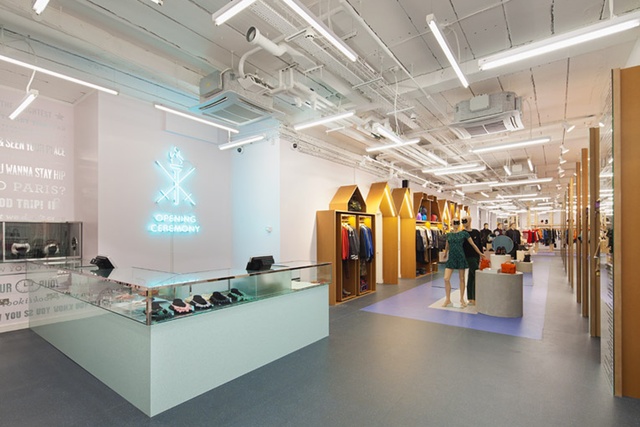
AC: You’ve said so many valuable things already, but are there any other things that you learnt during your time in London that will influence your professional work now that you’re back in New Zealand?
MM: There are three big things: first, the training and continued professional development I undertook, second, the diversity of experiences, and third, just getting that large, international practice experience. I was immersed in the ‘world of architecture’ and I got to listen to really provocative architects like Peter Cook and the late Zaha Hadid, go on study trips to Berlin and head over to these big conferences in Europe. I think it’s being exposed to that kind of stuff, along with the travel you do and the architecture you see, that stays with you forever.
The diversity of experiences and projects and even the diversity of professionals you work with was another big thing. You always have your design team but I worked with some of the most incredible design professionals, including makers and fabric technicians and brand managers. There are just lots of people that I may not have ever had exposure to here.
Lastly, as I said, the large practice experience where I got to develop those soft skills. If I hadn’t done my postgraduate studies at the Bartlett school and then had that education of those skills within that environment, I might not have set up Sloane & Peach.
You can follow Melanie’s practice on Instagram @sloaneandpeach.

